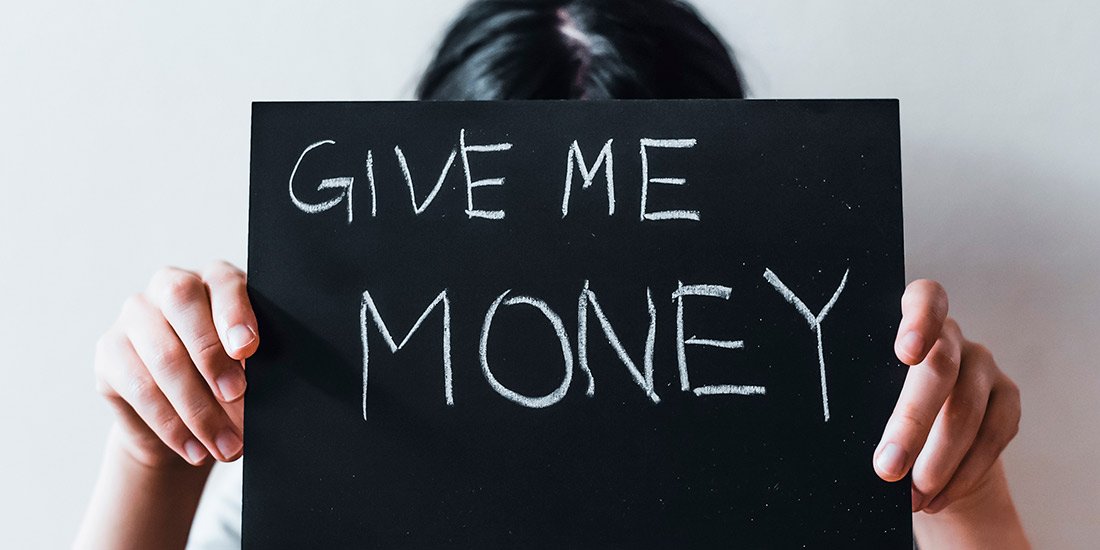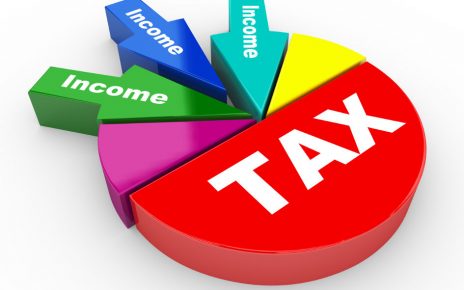 Managing debt can be challenging, and if you live in British Columbia, you might be wondering how to effectively consolidate your debt. Debt consolidation is a method that allows you to streamline your various debts into a single, more manageable monthly payment. This article will provide you with a comprehensive guide on how to consolidate BC debt, helping you regain financial control and peace of mind.
Managing debt can be challenging, and if you live in British Columbia, you might be wondering how to effectively consolidate your debt. Debt consolidation is a method that allows you to streamline your various debts into a single, more manageable monthly payment. This article will provide you with a comprehensive guide on how to consolidate BC debt, helping you regain financial control and peace of mind.
Understanding BC Debt Consolidation
Debt consolidation is a financial strategy that involves combining multiple debts into one, often with a lower interest rate, extended repayment terms, or a more manageable monthly payment. This approach simplifies your financial situation and can help you pay off your debt more efficiently. In British Columbia, you have several options to consider for debt consolidation:
- Personal Loans: You can apply for a personal loan from a bank or credit union to consolidate your debts. If you have a good credit score, you may qualify for a lower interest rate, making it easier to manage your debt.
- Home Equity Line of Credit (HELOC): If you own a home in British Columbia, you can leverage your home’s equity to secure a HELOC. This allows you to borrow against your home’s value, often at a lower interest rate. Be cautious, as using your home as collateral can carry some risks.
- Credit Counseling: Seeking the assistance of a credit counseling agency is an option. They can negotiate with your creditors on your behalf, consolidate your debts, and provide a structured repayment plan.
- Debt Consolidation Loans: Some financial institutions offer specialized debt consolidation loans. These loans are specifically designed for consolidating multiple debts and may offer competitive interest rates.
Steps to Consolidate Debt in British Columbia
- Assess Your Debts: Begin by listing all your debts, including outstanding balances, interest rates, and monthly payments. This will give you a clear picture of your financial situation.
- Determine Your Creditworthiness: Check your credit score to see if you’re eligible for a personal loan or a debt consolidation loan. The better your credit score, the more favorable terms you may secure.
- Choose the Right Debt Consolidation Option: After assessing your financial situation, select the most suitable debt consolidation method for your circumstances, whether it’s a personal loan, HELOC, or credit counseling.
- Research Lenders: If you opt for a personal loan or debt consolidation loan, compare different lenders in British Columbia to find the one offering the best terms and rates. Shop around for the most competitive options.
- Apply for the Consolidation Loan: Once you’ve selected a lender, apply for the loan and complete all necessary documentation.
- Make the Monthly Payments: Use the consolidation loan to pay off your existing debts. Now, you’ll have a single monthly payment to your new lender.
- Budget Wisely: Maintain a strict budget to ensure that you can meet your consolidated debt payments on time. Avoid incurring new debts while you work towards becoming debt-free.
- Seek Professional Advice: If you’re uncertain about your financial situation or need help navigating the process, consult a financial advisor or credit counselor in British Columbia.
Debt consolidation in British Columbia can help you regain control of your finances and work towards a debt-free future. Careful planning, choosing the right consolidation method, and maintaining discipline are essential for a successful consolidation journey. Seek guidance from financial experts and take the necessary steps to achieve your financial goals and reduce the burden of debt.




